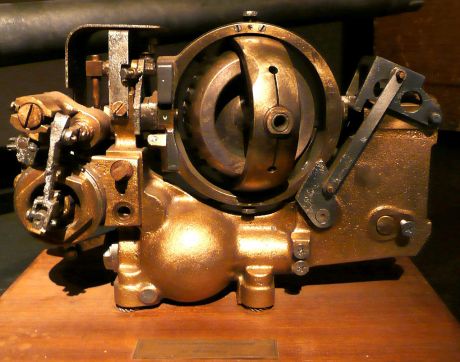Although available everywhere in our daily lives, GPS cannot support underwater and indoor navigation as its signals are easily disturbed. GPS-based navigation systems are also unsuitable for the navigation of aeroplanes. The latter still use inertial navigation systems based on laser-based interferometers and mechanical gyroscopes.
The performance of conventional interferometers drifts over time. The aim of the EU-funded project
AGEN (Atomic gyroscope for enhanced navigation) was to advance gyroscope technology in today's aeroplane navigation systems. Gyroscopes that work with atoms cooled to very low temperatures hold the promise of accurately gauging an aeroplane's position.
To achieve its aim, AGEN brought together two research and development centres with a small to medium-sized enterprise oriented towards innovative technologies. The project partners investigated existing nuclear magnetic resonance and atomic spingyroscope technologies to compare their limitations against required performances.
For an ensemble of noble gas atoms, the nuclei spin can be kept pointing at a particular direction – just as the mechanical rotor in a mechanical gyroscope maintains its spin axis direction. This possibility yields an atomic spin gyroscope. If it is produced at portable size with high impact resistance, the atomic spin gyroscope could successfully replace older aircraft navigation technology.
By the end of the project's first year, they developed theoretical models to determine magnetic field gradients and distinguish the aeroplane rotation rate from the detected precession frequency. In the second year, the main test points were identified, and specific benchmark tests were conducted to evaluate the design of micro-fabricated gas cells.
The structure of the atomic spin gyroscope is simple, allowing it to be manufactured with micro-fabrication processes. The gyroscope design based on recent advances in the fabrication technology for atomic clocks and magnetometers is a new research direction expected to enhance navigation-grade precision in the near future.
With the deeper understanding of the atomic spin, gyroscopes can be ranked among the most sensitive sensors, a position difficult for micro-electromechanical systems-based gyroscopes to reach. The AGEN project has brought Europe one step closer to becoming a leader in atomic spin gyroscope development.

